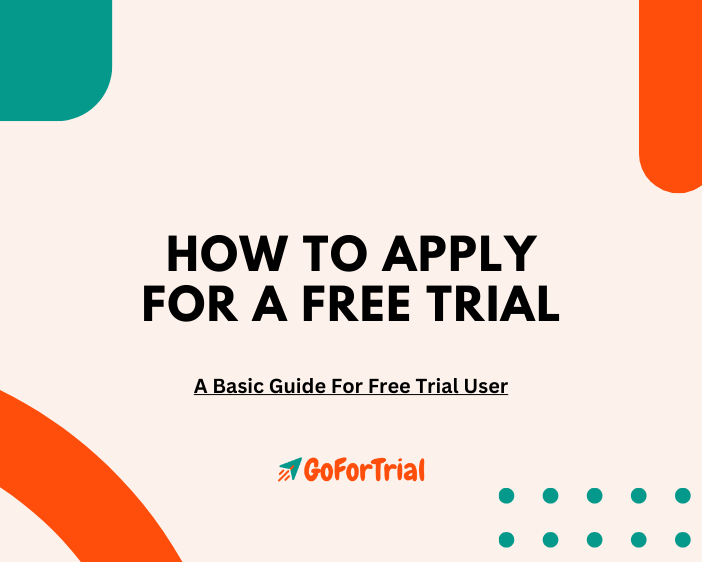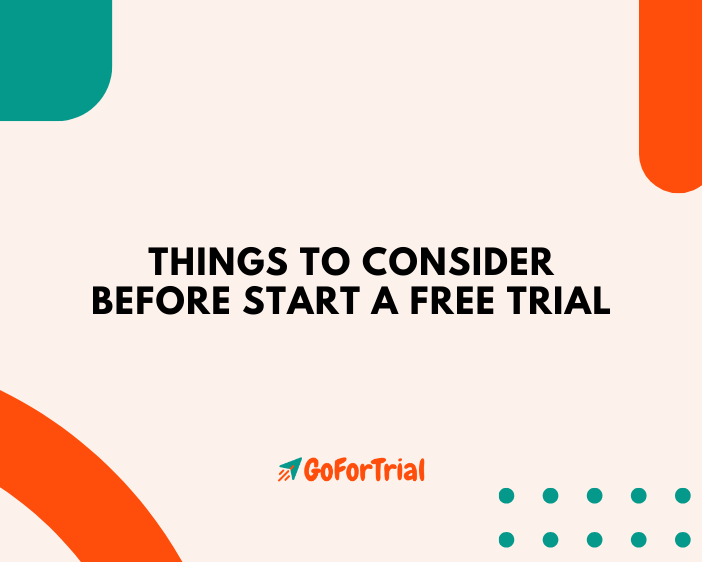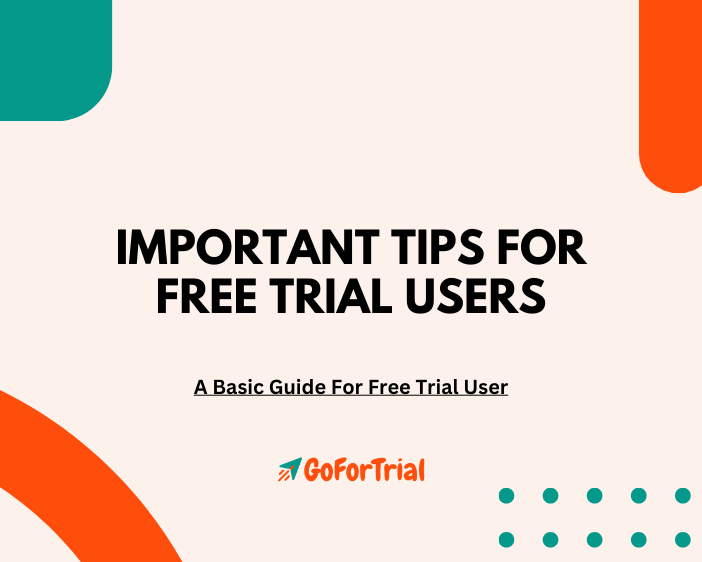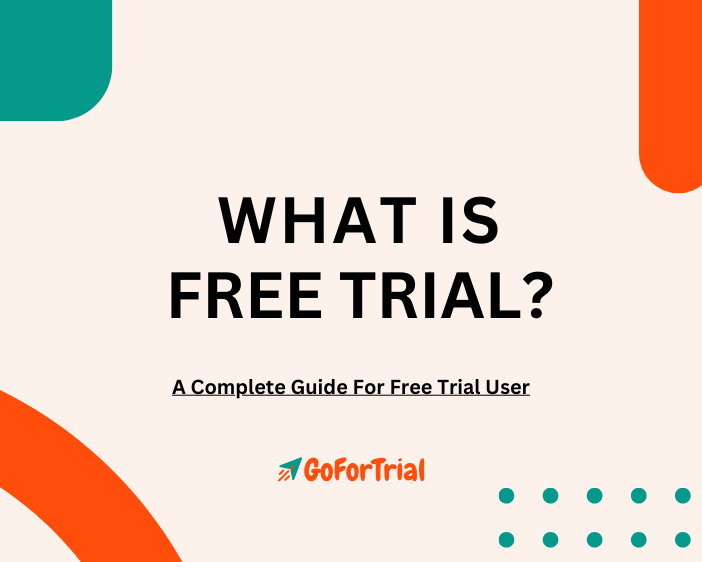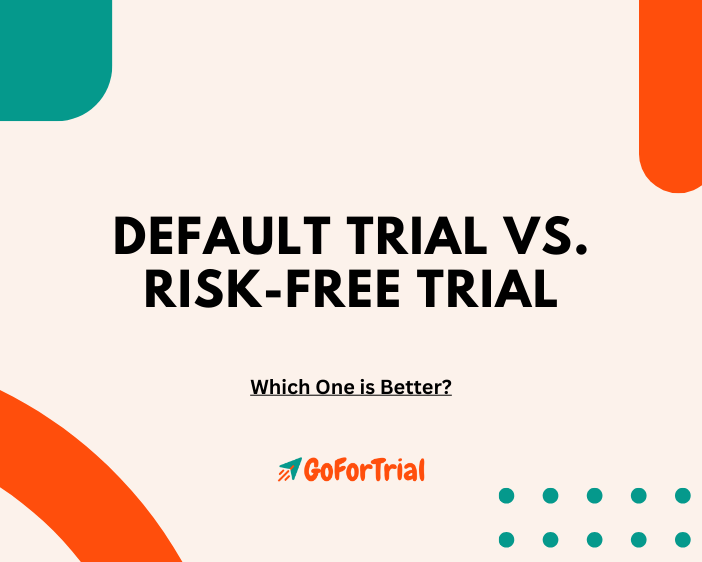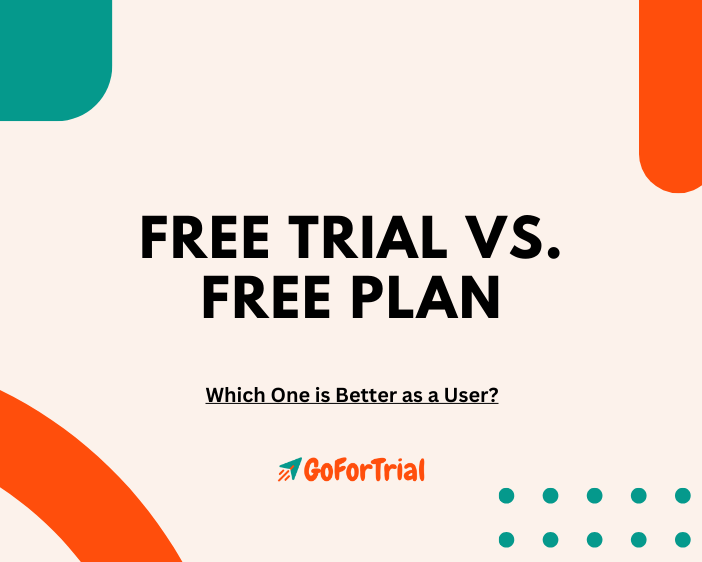
In the world of subscription-based products and services, companies often offer potential customers the choice between a free trial and a free plan.
While both options allow users to access a product or service without having to pay upfront, they differ in terms of duration, features, and overall user experience. In this article, we’ll explore the key differences between free trials and free plans from a user perspective to help you make informed choices.
Understanding Free Trials:
A free trial is a promotional offer provided by companies that allows users to access the full features and functionalities of a product or service for a limited period, typically ranging from a few days to a few weeks.
During the trial period, users have the opportunity to explore the product, test its capabilities, and evaluate its suitability for their needs before deciding whether to make a purchase.
Pros of Free Trials:
Full Access to Features: One of the primary advantages of a free trial is that users get access to all the features and functionalities of the product or service. This allows users to experience the product in its entirety and make a more informed decision about whether it meets their requirements.
Limited Duration: Free trials have a predetermined duration, which encourages users to explore the product actively within the specified timeframe. This time constraint motivates users to engage with the product more comprehensively and make a decision about purchasing before the trial period ends.
No Financial Commitment: Since free trials do not require users to provide payment information upfront, there is no financial commitment involved. Users can try out the product without worrying about being charged unless they choose to subscribe after the trial period ends.
Cons of Free Trials:
Time Constraint: The limited duration of free trials can be both a pro and a con. While it encourages active exploration of the product, it may not provide enough time for users to fully evaluate its long-term suitability. Users may feel rushed or pressured to make a decision before they’ve had a chance to thoroughly assess the product.
Potential for Forgetting to Cancel: If users do not actively cancel their subscription before the end of the trial period, they may be automatically enrolled in a paid subscription plan and charged accordingly. This can lead to frustration and unexpected expenses for users who intended to cancel but forgot to do so.
Understanding Free Plans:
A free plan, on the other hand, is a version of a product or service that is permanently available to users at no cost. Unlike free trials, which have a limited duration, free plans offer ongoing access to a basic set of features and functionalities for an indefinite period.
Pros of Free Plans:
No Time Limit: Unlike free trials, which expire after a set period, free plans offer users ongoing access to the product or service without any time constraints. This allows users to use the product at their own pace and explore its capabilities over an extended period.
No Risk of Unintended Charges: Since free plans do not require users to provide payment information upfront, there is no risk of unintended charges or automatic enrollment in a paid subscription plan. Users can continue using the product without worrying about unexpected expenses.
Cons of Free Plans:
Limited Features: Free plans typically offer a limited set of features and functionalities compared to their paid counterparts. This means that users may not have access to all the advanced features and capabilities of the product, which could limit its usefulness for certain tasks or activities.
Less Incentive for Active Engagement: Because free plans are available indefinitely, users may be less motivated to actively engage with the product or explore its full potential. This can result in a less comprehensive understanding of the product’s capabilities and limitations, leading to missed opportunities for productivity or efficiency.
Choosing Between a Free Trial and a Free Plan:
When deciding between a free trial and a free plan, users should consider their specific needs, preferences, and usage patterns. If you’re looking to test out a product or service with no long-term commitment, a free trial may be the better option.
On the other hand, if you’re seeking ongoing access to basic features and don’t mind limitations, a free plan may be more suitable.
Ultimately, the choice between a free trial and a free plan depends on your circumstances and priorities.
By carefully weighing the pros and cons of each option and considering how they align with your needs and preferences, you can make an informed decision that maximizes the value you get from the product or service. Whether you opt for a free trial or a free plan, remember to take advantage of the opportunity to explore and evaluate the product to ensure it meets your requirements before committing.



